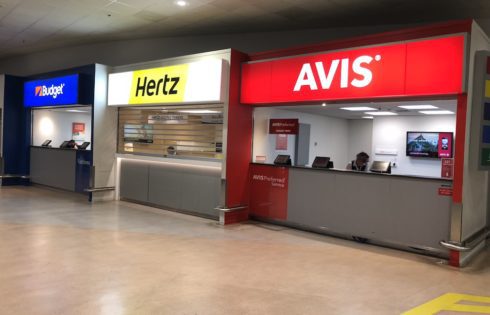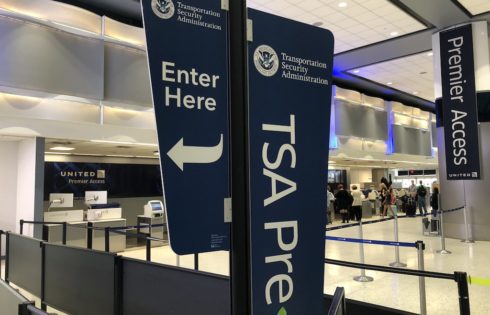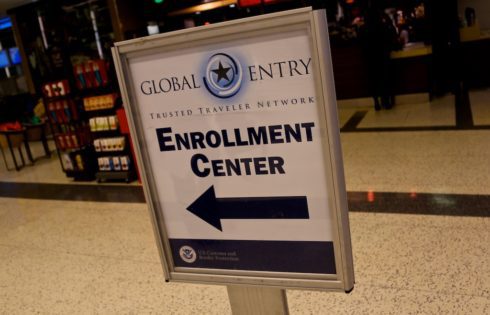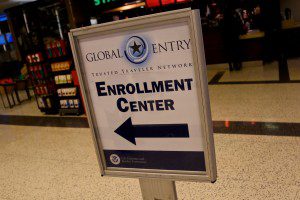
Avis Preferred (Elite Status) Guide [2020]
Elite status programs for rental car programs don’t get quite as much attention as those programs for hotels and airlines. However, they can still add a lot of value to

Elite status programs for rental car programs don’t get quite as much attention as those programs for hotels and airlines. However, they can still add a lot of value to

TSA Pre-Check is one of the best investments that I’ve ever made. It’s saved me tons of time and stress over the past few years when making my way through

It’s always nice to expedite your travels and avoid long waiting lines, especially when traveling internationally. If you are someone who may be crossing land borders between the US and

Is your Global Entry membership coming to an end pretty soon? Are you wondering what the requirements are for renewing your membership and whether or not you’ll have to undergo

Offers contained within this article maybe expired. Global Entry and TSA Pre-Check programs are great because they allow you to breeze through airports, when you are departing or arriving back

One of the most daunting parts of getting Global Entry is the interview process. It can take a long time to find an open interview slot and some people have

There are a lot of luxury hotel programs out there like the FHR offered by American Express and the Luxury Hotel and Resort Collection offered by Chase. But there is
Wyndham Rewards does not get nearly as much attention as other popular hotel programs like Hilton Honors or World of Hyatt but it’s an interesting program that offers some decent

Hyatt Explorist status is the mid-tier status of the World of Hyatt Program. Unlike the lower tier status, Discoverist, you won’t be granted this level of status with the World of
Wyndham Rewards does not have an elite program quite as robust as other major hotel programs like Marriott or Hyatt. However, there are some pretty valuable aspects of this reward
| Cookie | Duration | Description |
|---|---|---|
| cookielawinfo-checkbox-analytics | 11 months | This cookie is set by GDPR Cookie Consent plugin. The cookie is used to store the user consent for the cookies in the category "Analytics". |
| cookielawinfo-checkbox-functional | 11 months | The cookie is set by GDPR cookie consent to record the user consent for the cookies in the category "Functional". |
| cookielawinfo-checkbox-necessary | 11 months | This cookie is set by GDPR Cookie Consent plugin. The cookies is used to store the user consent for the cookies in the category "Necessary". |
| cookielawinfo-checkbox-others | 11 months | This cookie is set by GDPR Cookie Consent plugin. The cookie is used to store the user consent for the cookies in the category "Other. |
| cookielawinfo-checkbox-performance | 11 months | This cookie is set by GDPR Cookie Consent plugin. The cookie is used to store the user consent for the cookies in the category "Performance". |
| viewed_cookie_policy | 11 months | The cookie is set by the GDPR Cookie Consent plugin and is used to store whether or not user has consented to the use of cookies. It does not store any personal data. |
